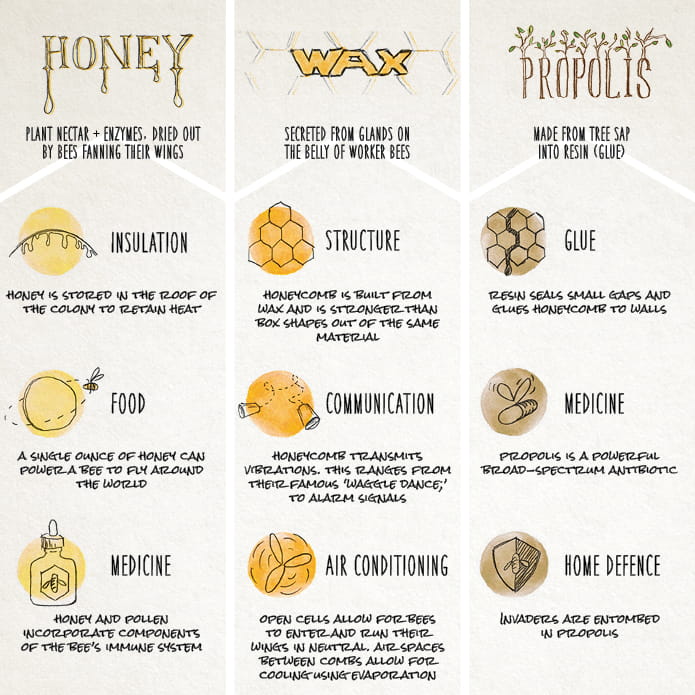In nature, failures become fossils and survivors are the pinnacle of proven patterns and sustainable strategies for success. Nature and its products, processes, and policies has already solved many of the problems humans have been unable to. Isn’t it time we paid attention?
Imagine living in a self-sustaining community in which the building heated and cooled itself; grew its own food; and was built by the residents from natural, fully biodegradable materials. Sustainability engineers and architects have been pursuing this dream for years. It may sound impossible – but the natural world has already done it, over and over again. Isn’t it time for engineers to heed the message and seek inspiration from the natural world in their designs?
Flora and fauna are what the Biomimicry Institute calls the original consummate engineers. There is much to be learnt from simply observing the natural world, but so much more if you delve deeper into the lives and systems of the species that share the planet with us.
Aurecon has been running an experiment in biomimicry for the past three years at its Canberra office that has allowed us to gain inspiration from a perfect, self-sustaining community – the bee hive. This has led to us ask, aside from their actions and the hive’s physical form, are there lessons we can gain from their thinking?
Bees don’t ‘think’ through problems in the same way we do, but 70 million years of trial and error has resulted in some pretty superior design solutions. Here are just a few….
Product should be designed to work really, really hard
In the world of the bee, only products that are as hard working as their producers are allowed to earn the right to their valuable space in the hive. Mediocre isn’t tolerated, average isn’t acceptable. Every product bees manufacture has at least two or three functions within the hive.
This is in stark contrast to the single-use approach to products and environments today’s companies take. It requires careful thought around how a product will be used, who it will be used by, and how to make it indispensable to multiple users.

Giving back should be ‘business as usual’
An understanding that their wellbeing is based on a symbiotic relationship with those around them is another interesting manner in which bees challenge our status quo. A bee’s ‘business as usual’ involves pollination. Without pollen being moved from plant to plant, a significant portion of our food would cease to exist.
The nectar that flowers produce is a form of payment for this essential service. And this is one of the most admirable facts about bees – they don’t live at the expense of any other living thing, but instead live off the surplus that they help to create.
It’s all about collaboration
Everything about bees is designed around collaboration. They think holistically about better solutions for the hive to thrive and understand that a diversity of role–players is important if a hive is to function in an optimal manner.
From the worker bees who progressively adapt to new jobs, to the queen bee who creates new bees and controls the ‘mood’ of the hive with pheromones, bees understand synergy and they design their hive around the value each and every member can bring to the overall prosperity of the hive.
With these lessons in mind, it’s important to ask how our built environment would look if it were designed by a bee and if we treated our city as one large beehive. While this question is only conceptual, it has the power to influence our current reality.
If today’s designers ‘thought like bees’, everyday objects would have multiple functions. Objects as simple as windows would be designed to generate electricity for the building using embedded solar panels. Our home would be a shelter for our security, but also our farm, our supermarket, our workplace and our hospital.
Our cities (hives) would only be constructed within a district that could sustain them. Our jobs would be meaningful and purpose-driven, with fluid teams working together to bring different perspectives to a problem; thereby arriving at a better solution. We would know and understand the true meaning of collaboration and cooperation.
The more we peer into the beehive, the more there is from which to derive continual inspiration. If small insects can work together to achieve so much, imagine what humans could achieve if we followed their blueprint for achieving our full potential…
This blog was authored by: Cormac Farrell




